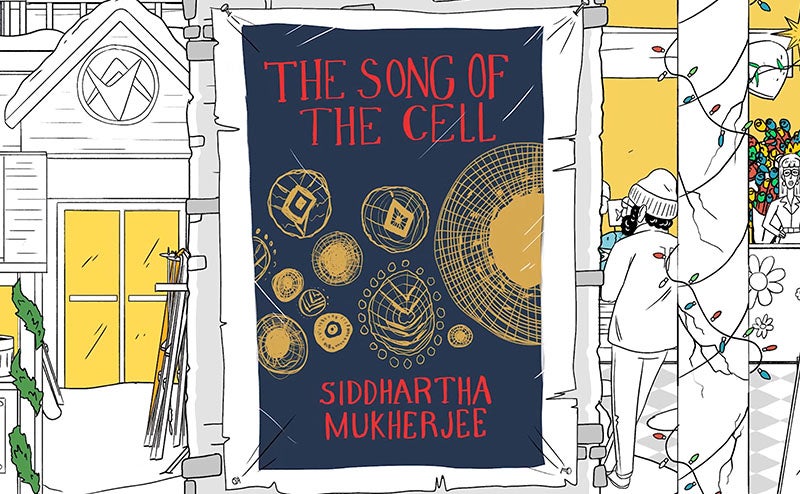Jaws is nothing compared with the flying terror that is a mosquito.
There is one writer whose books I’ve reviewed on Gates Notes more than anyone else: Vaclav Smil. I’ve read all of his 44 books, which cover everything from the role of energy in human life to changes in the Japanese diet. I find his perspective to be super valuable. Although sometimes he’s too pessimistic about the upside of new technologies, he’s almost always right—and informative—when it comes to the complexities of deploying those technologies in the real world.
In his newest book, Invention and Innovation: A Brief History of Hype and Failure, Smil looks skeptically at the notion that we’re living in an unrivaled era of innovation. Based on his analysis of fields including agriculture, transportation, and pharmaceuticals, he concludes that our current era is not nearly as innovative as we think. In fact, he says, it shows “unmistakable signs of technical stagnation and slowing advances.”
This conclusion feels especially counterintuitive at a time when artificial intelligence and deep learning are advancing so fast. But to Smil, AI researchers only have managed “to deploy some fairly rudimentary analytical techniques to uncover patterns and pathways that are not so readily discernible by our senses” and produced “impressive achievements on some relatively easy tasks.”
Smil believes there was only one real period of explosive innovation in the past 150 years: 1867-1914. During those years, inventors created internal combustion engines, electric lights, the telephone, inexpensive methods of producing steel, aluminum smelting, plastics, and the first electronic devices. Humanity also gained revolutionary insights in the fields of infectious disease, medicine, agriculture, and nutrition.
Smil argues that the ensuing years have been lackluster, with far more “breakthroughs that are not” than important inventions that achieve scale and stick in the marketplace. One of his iconic examples of a false breakthrough is leaded gasoline, which helped internal combustion engines operate much more smoothly but produced devastating cognitive declines and millions of premature deaths.
One thing that I agree with him about is how the exponential growth in computing power over the past several decades has given people a false idea about growth and innovation in other areas. Smil acknowledges “the much-admired post-1970 ascent of electronic architecture and performance,” but he concludes that this growth “has no counterpart in … other aspects of our lives.” It’s misguided to assume that anything else will grow as fast as computing power has.
On the other hand, I think Smil underestimates accomplishments in AI. The past two years of AI improvement, particularly large language models, have surprised all of us. In fact, we’re starting to see early signs that machines can produce human-like reasoning—moving beyond just producing answers to questions they were programmed to solve. AI is going to become smart, not just fast. When it achieves what researchers call “artificial general intelligence,” that will give humanity incredible new tools for problem solving in almost every domain, from curing disease to personalizing education to developing new sources of clean energy. And as I wrote earlier this year, we will have to develop strict guidelines and protocols to curtail negative outcomes.
Smil also neglects to account for the convergence of new technologies. In the work I do with the Gates Foundation and Breakthrough Energy, I have a great vantage point for observing innovation driven not just by advances in one area (AI, for example) but by the compounding effects of many different technologies advancing at the same time, like digital simulations, storage capacity, mobile communications, and domain-specific tools such as gene sequencing.
Smil is also pessimistic about many green technologies, including some approaches that I’m investing in. For example, he describes sodium-cooled nuclear fission reactors as pie in the sky. And yet in May I walked on the ground that will soon be broken for just such a reactor. Thanks to advances in digital simulation as well as ample risk capital, TerraPower has designed a sodium-cooled reactor that could be delivering power to the grid by 2030. Even if it takes longer to get running, I’m optimistic that sodium-cooled reactors are not just technically possible but will also prove to be economically viable, safe, and helpful for achieving net-zero carbon emissions.
Every Smil book that I own is marked up with lots of notes that I take while reading. Invention and Innovation is no exception. Even when I disagree with him, I learn a lot from him. Smil is not the sunniest person I know, but he always strengthens my thinking.




